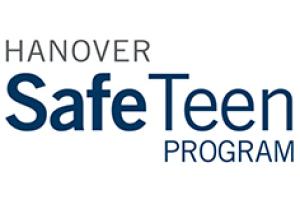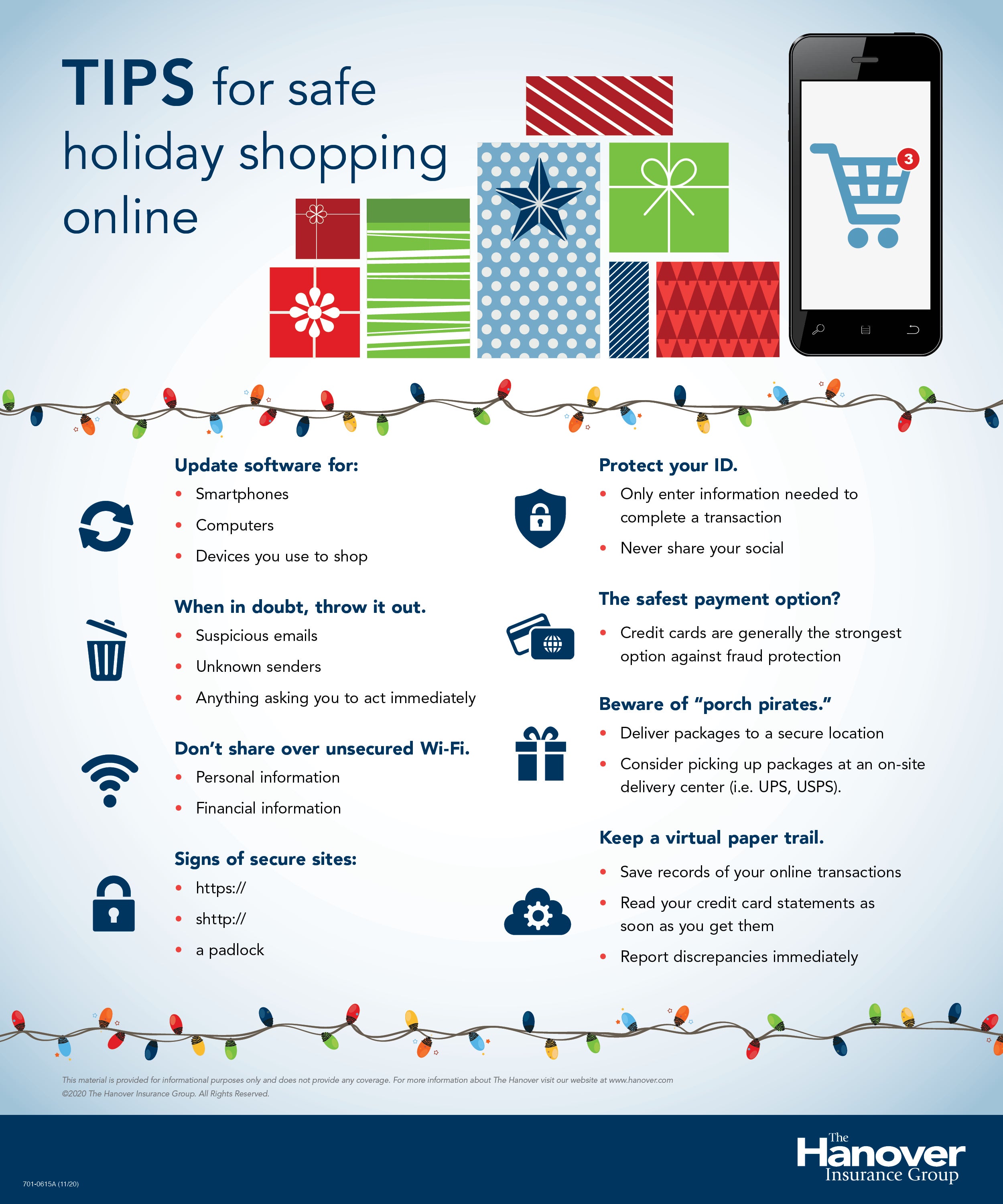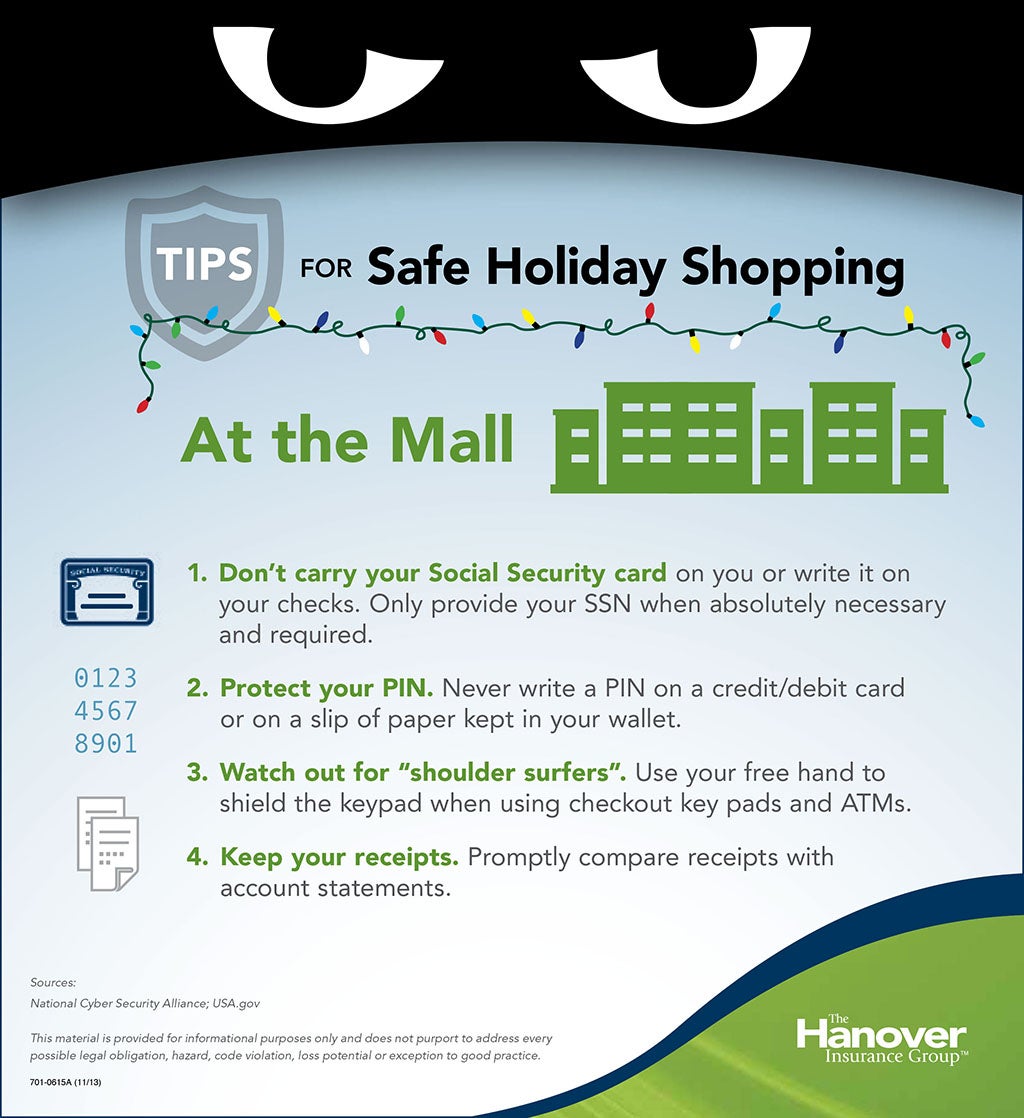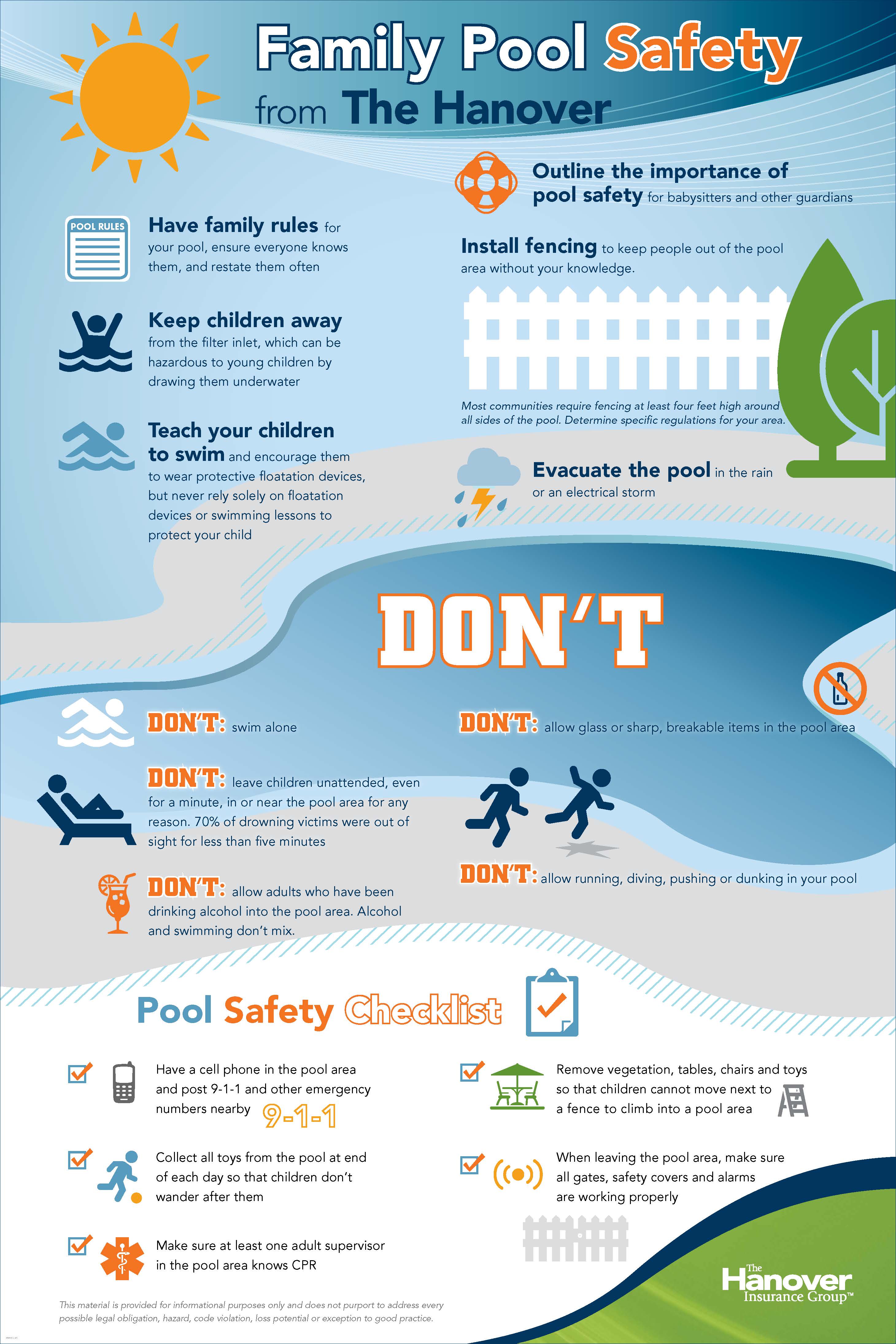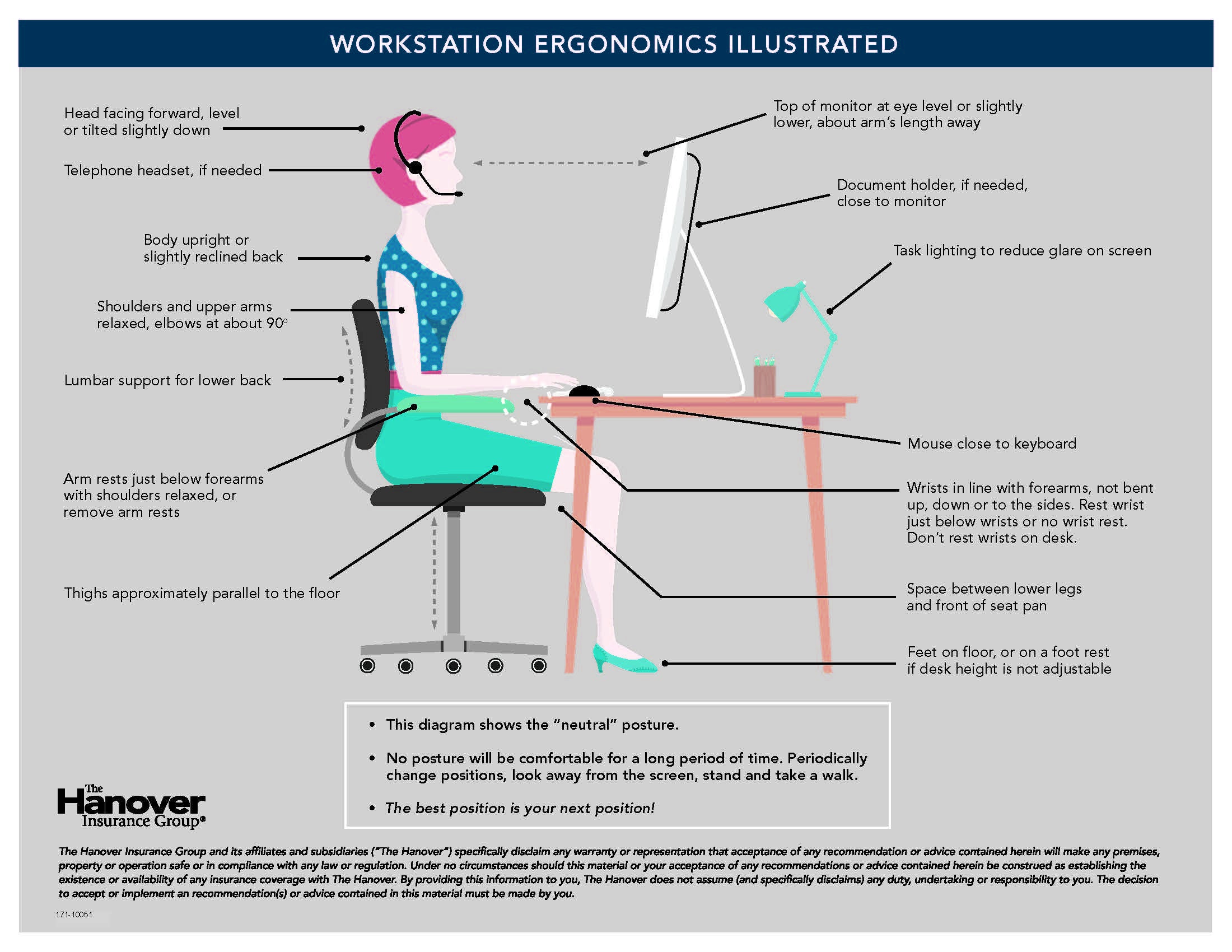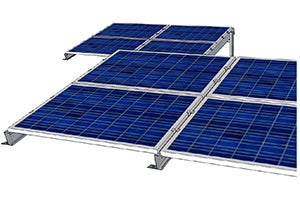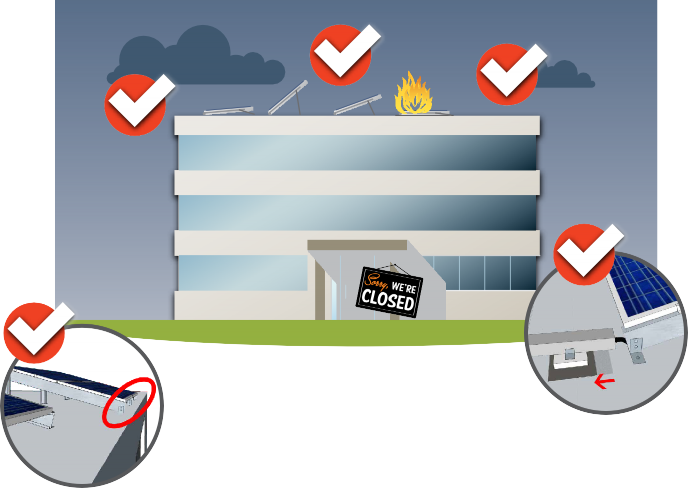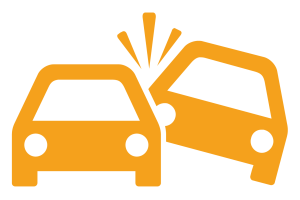Tips to remember before leaving for winter vacation
Before you head out on your next vacation, make sure your home is protected while you're away using these preparation tips.
Tips to remember before leaving for winter vacation

Before you head out on your next vacation, make sure your home is protected while you're away using these preparation tips.
Planning a winter getaway?
Make your return home as stress free as your vacation with this preparation “to do” list.
60°F will conserve energy and reduce the stress on your furnace when heating the house on your return
30% of Burglaries are through unlocked windows or doors. Windows are left unlocked more often than doors.
Winter to do:
- Arrange for someone to plow or shovel so your home appears occupied.
- Turn the thermostat down to 60°F and leave interior doors open to circulate air.
- Put lights on auto-timers and consider outdoor motion detectors.
Don’t forget to:
- Lock your doors — and windows too.
- Suspend newspaper and mail delivery.
- Purge the refrigerator of perishables, run the disposal and take the trash out.
- Ask a neighbor to keep an eye on your place and leave a key with someone.
It’s a good time to:
- Run a computer back-up and then turn your computer off.
- Address maintenance issues so they don’t snowball while you’re gone.
- Conduct a home inventory and make sure your insurance policies are up-to-date.
These tips and others are available from Homeminders® and VacationSafe™, services provided as part of The Hanover Group Platinum Experience.
Tips to remember before leaving for winter vacation

Before you head out on your next vacation, make sure your home is protected while you're away using these preparation tips.




